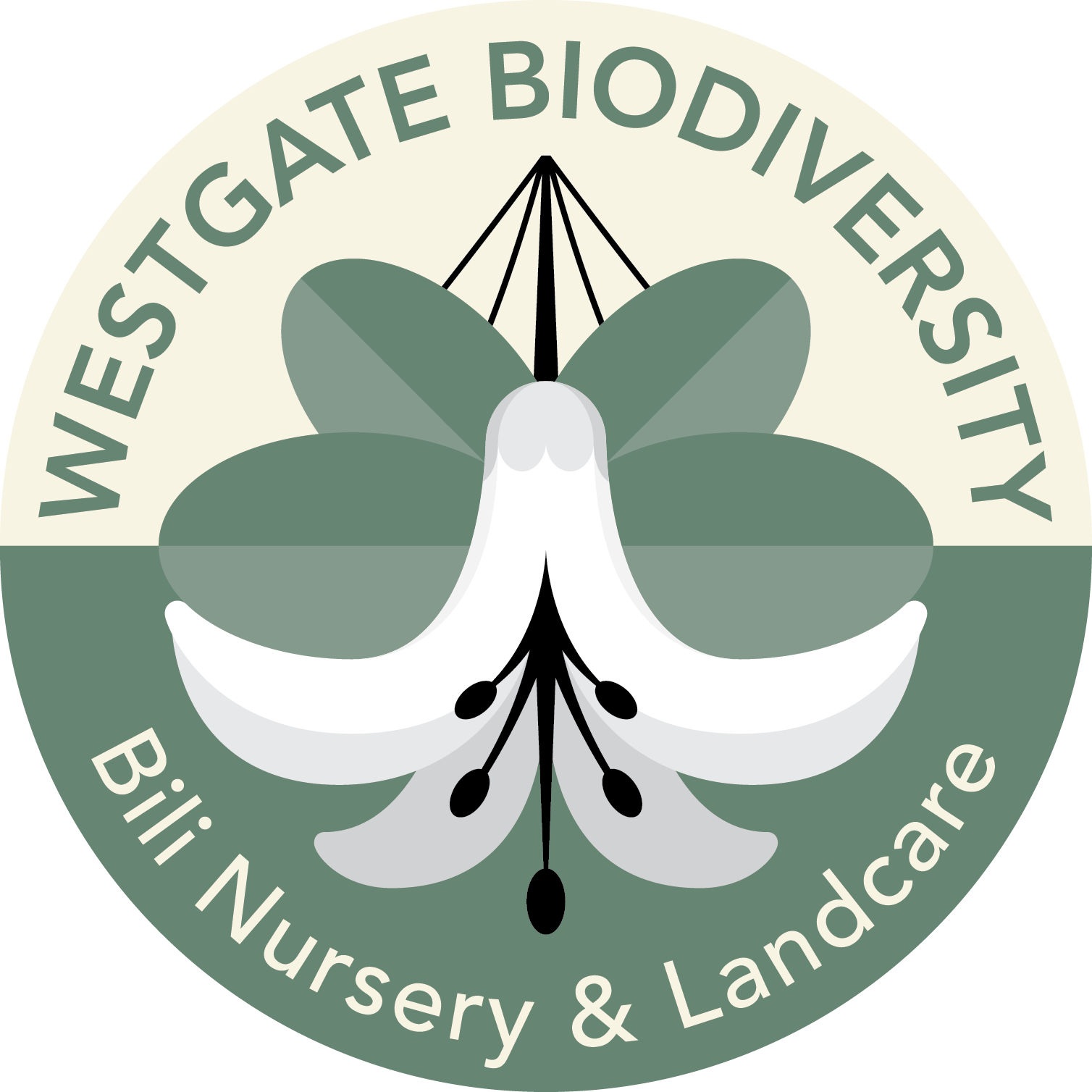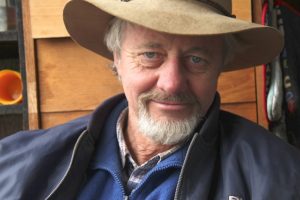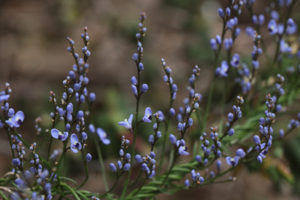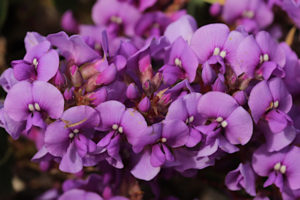George’s blog
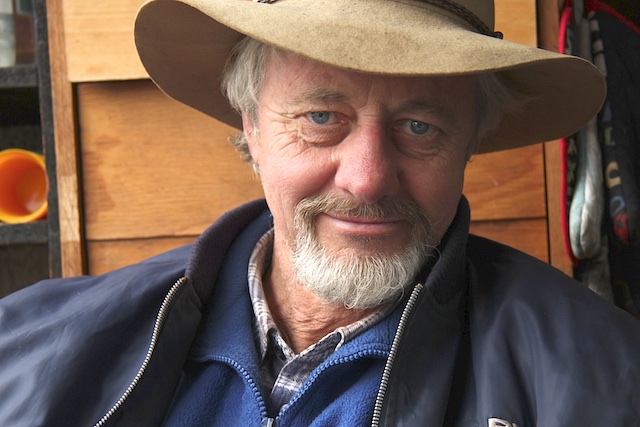
Having planted many thousand plants a year for 18 years through all types of weather conditions, I am building up a lot of knowledge about what survives and what doesn’t. Influencing factors include soil moisture (too dry or too wet), attack by rabbits, possums, rats and birds, lack of mycorrhizal associations, drought and waterlogging, soil pH and encroaching shade and competition.
Then there is also natural senescence. What is the life expectancy of a poa tussock or a goodenia? I have learned to plant only the hardiest types in the harshest sites, a hard won lesson by experience. Then sometimes a favourite plant such as blue devil thrives when I have almost given up on it. Possibly because of higher year round moisture or maybe a hardier variety.
Then there is a host of special and colourful plants that I have being trying to establish for years that hardly survive their first summer. Plants such a native heath, blue stars, hoary sunray, love creeper, trigger plant, common beard heath, orchids, stackhousia and many more. Yet these grow exceptionally well in their natural habitats, sometimes in the harshest or driest sites. I suspect they have their own special mycorrhiza and other soil flora aiding their survival which are lacking in the park.
The soil in Westgate Park is all imported from countless sources. A few years ago we investigated commissioning a study into beneficial soil flora and fungi with the aim to perhaps introduce what was missing. However the cost was prohibitive and it went no further. Meanwhile we just keep plugging away trying different sites, soil conditions and summer water regimes.
Love Creeper (Comesperma volubile) has now brightened up our heaths each spring for a number of years and Hardenbergia is now a spectacular resident.
The challenge now is to pass on the accumulated knowledge to those that follow. Record keeping is not my strong point but totally necessary.
July 14, 2018
